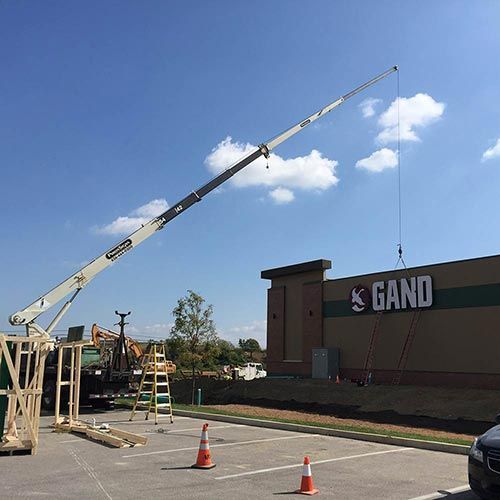In the fast-paced world of modern marketing, businesses must continually adapt to capture the attention of tech-savvy, visually-oriented consumers. Digital signage has emerged as a powerful tool for this purpose, blending technology and creativity to deliver dynamic, engaging, and highly effective marketing campaigns.
What Is Digital Signage?
Digital signage refers to the use of digital displays, such as LED screens, video walls, and interactive kiosks, to showcase content like advertisements, promotions, and informational messages. These signs are a significant departure from static, traditional signage because they allow for real-time updates and visually dynamic content. From small retail stores to large corporations, businesses across industries are leveraging digital signage to enhance customer experiences and boost brand visibility.
Why Digital Signage Matters in Marketing
One of the most compelling benefits of digital signage is its ability to grab and hold attention. Bright, high-definition visuals, combined with motion and animation, are far more engaging than static posters or billboards. Whether displayed in a store, at a bus stop, or in a busy urban area, digital signs attract passersby and encourage them to engage with the brand.
Digital signage is incredibly versatile. Businesses can tailor their messaging to specific audiences, times of day, or even current events. For example, a coffee shop could promote cold brews on a hot afternoon and switch to advertisements for hot drinks as temperatures drop. This flexibility allows businesses to maximize the relevance of their marketing efforts, making them more likely to resonate with their target audience.
Enhanced Customer Engagement
Digital signage also fosters interaction. Interactive kiosks and touchscreen displays allow customers to explore products, place orders, or learn more about a brand at their own pace. This not only enhances the customer experience but also provides valuable insights into consumer behavior, helping businesses refine their strategies.
Additionally, the integration of digital signage with social media, QR codes, and mobile apps creates a seamless omnichannel experience. Customers can scan a code on the screen to access discounts, share their experiences on social platforms, or even make purchases, bridging the gap between offline and online marketing.
Cost-Effectiveness and Sustainability
Although the initial investment in digital signage technology may be higher than traditional options, the long-term benefits often outweigh the costs. Digital displays eliminate the need for frequent printing and physical replacements, making them more sustainable and cost-efficient. Businesses can update their content remotely and in real time, ensuring that their messaging stays fresh and relevant.
Measuring Impact
One of the standout advantages of digital signage in modern marketing is its ability to provide measurable results. Many digital signage systems come with analytics tools that track viewer engagement, such as dwell time or interaction rates. This data enables marketers to evaluate the effectiveness of their campaigns and make data-driven improvements.
Conclusion
In a competitive marketplace, the role of digital signage in modern marketing cannot be overstated. Its ability to captivate audiences, adapt to changing conditions, and integrate seamlessly with other digital channels makes it an indispensable tool for businesses seeking to stand out. As technology continues to evolve, the potential of digital signage to revolutionize marketing strategies will only grow, ensuring that brands remain at the forefront of consumer attention.

